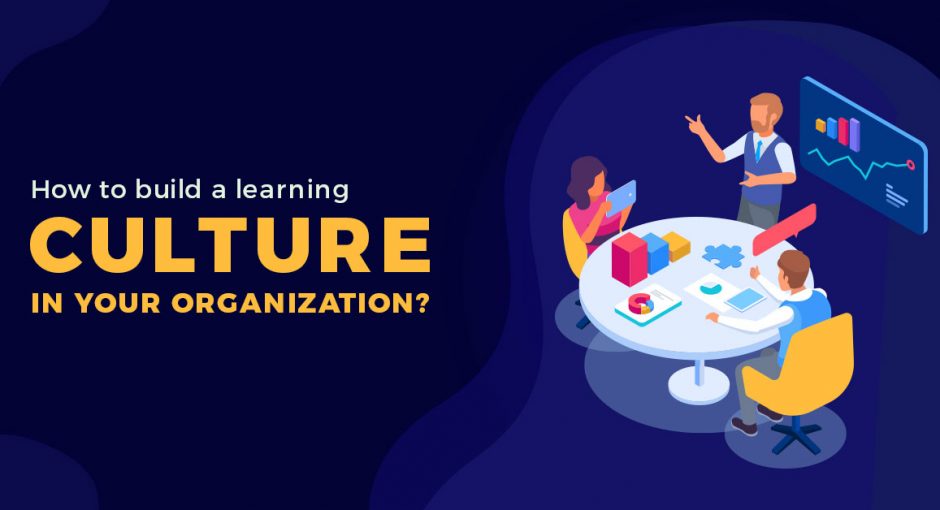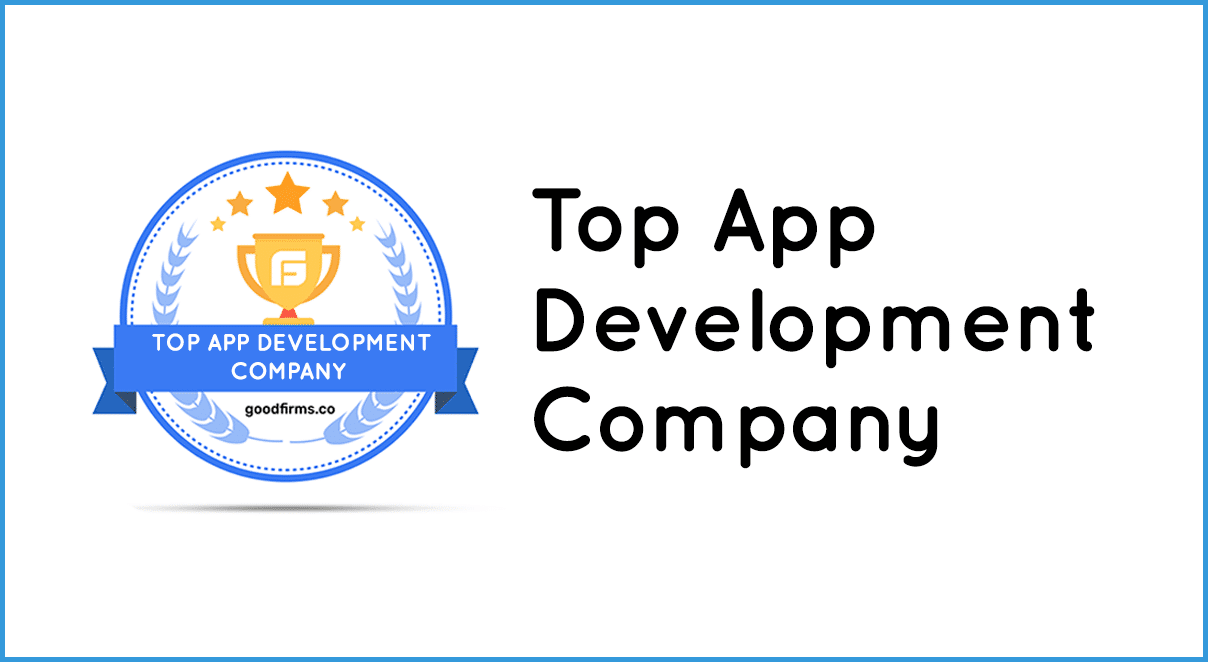Just imagine a workspace where coworkers don’t just compete among themselves but are excited about their training modules and learning opportunities too.
Moreover, in such a workspace, people won’t shy away from experimenting with their knowledge and will go beyond their KRAs to innovate.
Association for Talent Development (ATD) did research. It was inferred that organizations encouraging a learning culture, produce satisfying results in terms of revenue growth, profitability, market share, and customer satisfaction.
But why don’t or why can’t all organizations have such a learning culture?
Well, the first thing that comes to mind is the company’s leadership that comprises of managers, supervisors, and C-suite staff. These are the people who act as North Star for the rest. If they prioritize establishing a learning culture, then everyone else will too.
It’s them who can motivate employees to think beyond their tasks, address a few questions, learn something new, and develop professionally. They can do it by being more conversational.
Young employees aren’t trained sufficiently in most organizations, as leadership is skeptical about it, as people do leave their organizations once they receive the complete training. Some of them leave due to selfish reasons, but some of them leave as they don’t the leaders participative or interested in the training sessions.
What top organizations have done for building a learning culture?
Top organizations serve two purposes by establishing a learning culture. One, to make the environment engaging and people more interdependent. And second, they increase their leadership’s bench strength.
Organizations like Google, American Express, and Bridgewater Associates have made learning an integral part of their talent management systems.
They reward continuous learning. You can’t bring a change in your organization’s culture deliberately without an effective reward system in place.
That being said, it’s not just about praising or promoting someone’s consistent efforts to learn something new. It’s more about creating a space that welcomes critical thinking and creative expression, even if it results in a difference of opinions.
They don’t just talk about opportunities with their employees but address them by giving meaningful and constructive feedback. The idea is not to brush their weaknesses under the carpet. Many organizations do that and keep following the feel-good approach.
Although one of the best ways to improve employees’ performance is to tell them what they are doing wrong, managers often avoid difficult conversations, so they end up providing more positive than negative feedback.
This is particularly problematic when it comes to curiosity and learning since the best way to trigger curiosity is to highlight a knowledge gap — that is, making people aware of what they don’t know, especially if that makes them feel uncomfortable.
There is a difference between collective learning and isolated training sessions
You can’t develop a learning culture in your organization based on individual-centered training sessions. Learning is about seeking, finding, sharing, and collaborating.
An ideal learning culture paves the way for continuous and progressive experiences that encourage skill development and innovation.
Young minds are stimulated by the idea of disrupting industries. They want to make learning a habit. They want to constantly engage with new ideas, and they look for that kind of environment in their organizations. And if they aren’t learning, they are leaving.
Here are some of the best practices that can foster a learning culture in your organization:
Leadership should take the onus
If you look across organizations whose learning cultures are in a mature state, you will find that their leaders are sensitized to the importance of learning, and they constantly sensitize the workforce as well.
So everything stems from your leadership. Your leaders should cultivate a growth-oriented mindset across the organization. The management must encourage managers and supervisors to reinforce key behavioral traits like curiosity, will to experiment, being open to an iterative environment, etc.
Keep your environment “socially up to date”
Learning happens when there is a sense of community and collaboration, and this is how every social culture thrives.
High-performance organizations do it brilliantly. In such organizations, employees share much more knowledge among themselves as compared to employees of low-performing organizations.
The key is to make your employees socially equipped. Provide the tools and resources like mentors, smartphones, and tablets, so that sharing knowledge becomes a part of their professional performance.
Modernize
There is no point in having curious learners on board without having a modern mindset and contemporary infrastructure to meet their expectations. You need to understand what modern learners want and expect from you.
Learning should be a continuous process and not an activity. It’s better to schedule short bursts of learning sessions, rather than keeping them long and winding.
The learning modules should be easily accessed from mobile devices, whenever and wherever an employee wants. Employees should be able to pull learning modules at will.
There can’t be a “one-size-fits-all” learning module. You must allow employees to personalize their learning space, to some extent at least.
Measure learning just like you measure performance
Learning brings an attitudinal shift, and you can measure that. Big organizations like SAP or Adobe do that consistently. They not only measure the success of their training program in terms of business outcomes but also in terms of an employee’s behavioral change.
How much value a training program adds to an employee, a team, or the entire organization, is something that matters more in a mature learning culture.
Hope you liked this write-up. At Hestabit, we are constantly making efforts to add new dimensions to our learning culture. Do share your views and queries in the comment section.





